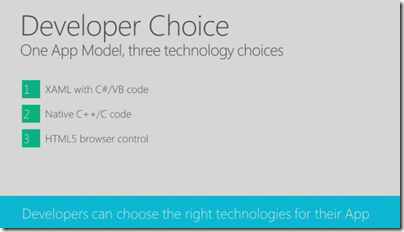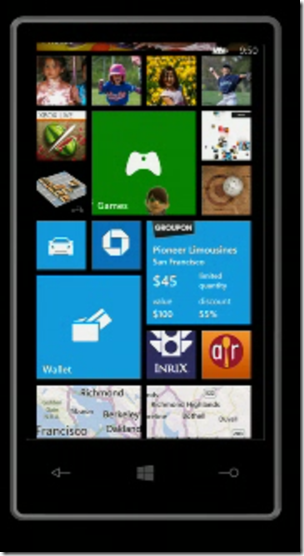Microsoft has launched Windows Phone 8 at a press event in San Francisco, streamed around the world. Joe Belfiore presented the new features in his usual enthusiastic style (complete with kids on stage to show Kids Corner), and the phone was endorsed by CEO Steve Ballmer and celebrity Jessica Alba.
Key new features:
- Built on Windows 8 kernel rather than Windows CE
- Data Sense is for optimizing (ie reducing) mobile data usage and offers visibility about which apps are using data and how much, as well as a data compression feature that enables up to 45% more web browsing for the same amount of data transfer. The compression feature requires operator support and some details are not yet clear.
- People hub has “Rooms” which let you group contacts, a feature that seems close to what Google+ offers with circles, though Microsoft also has a limited sharing feature that lets trusted contacts see a Room schedule on an iPhone.
- New Skype app which runs in the background in an efficient manner – you wonder how popular this will be with operators
- Kids Corner lets you create a kind of secondary login for children, with apps, games and music that you select. Your normal Start screen is protected by a password, so no embarrassing calls or tweets.
- Apps can now display content on the lock screen and integrate into hubs and with Windows Phone Wallet.
- More apps are coming, and Belfiore told us that 46 of the 50 most popular apps across all platforms are available for Windows Phone 8. Pandora, Urbanspoon and Temple Run got a mention.
- There is an iTunes import feature which will copy unprotected music from iTunes to SkyDrive for use on the phone and with Xbox Music.
- 7GB SkyDrive cloud storage comes for free.
- OneNote has a new voice transcription feature.
- Now support for 50 languages, with apps in 191 countries
This was not an event for developers, though we did learn that the SDK will be made available to everyone from tomorrow 30th October.
Phones themselves will be available from this weekend in Europe and from November 14th in the USA.
I got a quick look at the HTX 8x, and was struck by how slim it is, with a 720X1280 4.3″ screen.
It is curved at the back and has a quality feel, though I am not sure HTC quite matches Nokia for hardware design.
I like Windows Phone and there are some tempting new features here. Will this improve Microsoft’s market share and Nokia’s fortunes? This may sound like ducking this issue, but I do not think the fortunes of Windows Phone depend on its features or even the quality of the phones. It is all about operator and retail partnerships, and what customers get told when they walk in to buy a phone and a contract. Windows Phone launched to near-invisibility on the high street. Matters have improved a little since then, especially after Nokia came out with the Lumia (Ballmer said that Nokia sells more Windows Phones than any other vendor), but Microsoft’s phone was still an also-ran after iOS and Android. How does Microsoft get into those in-store conversations, yet alone win them?
I also think Windows 8 is a factor here. If devices like Surface RT are popular, then Live Tiles and other elements of Windows Phone 8 will become familiar. On the other hand if Windows 8 users rush to install substitute Start menus and ignore the new app platform, not much will have been achieved.

















